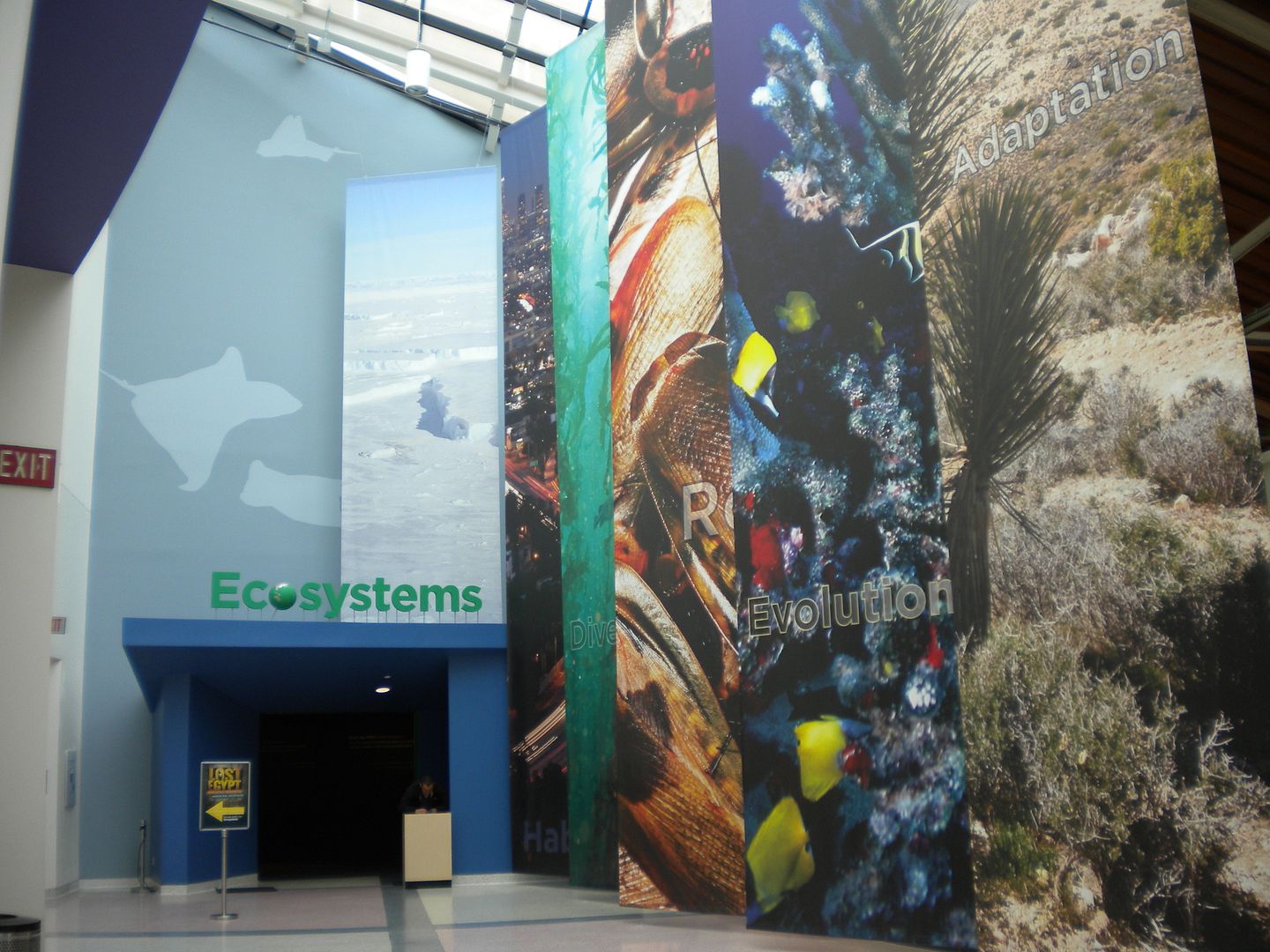
In April of 2010, the California Science Center added a 45,000 square foot permanent exhibit called ‘Ecosystems,’ nearly doubling the size of the museum. Ten years in the making, at a cost of $165 million, ‘Ecosystems’ manages to impress visually and scholastically. ScriptPhD.com recently got a private tour and in-depth guide of the ambitious exhibit and didactic tool. Afterwards, we had the opportunity to sit down with the man that conceptualized ‘Ecosystems’ and curator of ecology at the California Science Center — Dr. Chuck Kopczak. An avid geologist, and devoted to the promulgation of quality science education, Dr. Chuck graciously sat down with us for an in-depth conversation about ‘Ecosystems,’ the future of science education, and energizing environmental causes through science. Our full tour and podcast, under the “continue reading” cut.
How can we protect and nurture our Earth’s diverse environment if we don’t even know about it? The Earth’s biodiversity is spectacular, with a singular globe housing millions of unique species that have to share space across extreme environments, weather zones and poles. Scientists concur that a better understanding of this diversity, and humanity’s impact on it through our modern life (we add 7 million people to the globe each month!), is an essential component of environmental education and effective activism in fighting pollution and effecting sustainability for future generations. In the heart of Los Angeles, at its most-visited museum, The California Science Center, lies a new exhibit that takes curious visitors through the various ‘zones’ of the Earth’s habitats, with each room providing a colorful, interactive, informative peek at what survival entails. At the very end of the ‘Ecosystems’ exhibit, after we have come to appreciate our Earth’s uniqueness, beauty, and scientific breadth, is a well-timed section on waste, resources, and the power of recycling. Come take a short pictorial tour of ‘Ecosystems’ with us, and then take a listen to our podcast with the passionate scientist, Dr. Chuck Kopczak, that made it all possible.
‘Ecosystems’ is divided into rooms called ‘Zones,’ some of which we’ve documenting here, consisting of a gallery that engenders appreciation for the interconnectedness of a different part of our living world. Portrayed are different environments, species, survival demands, and physical factors. All of the rooms include interactive, hands-on experiments especially tailored for kids.
The ‘Island Zone’ includes hands-on experiments that allow visitors to see the challenge animals face in getting to an island from water, and how their physical characteristics evolve as a result of these environmental demands. The exhibit mimics the discoveries that Darwin might have encountered on the Galapagos Islands.
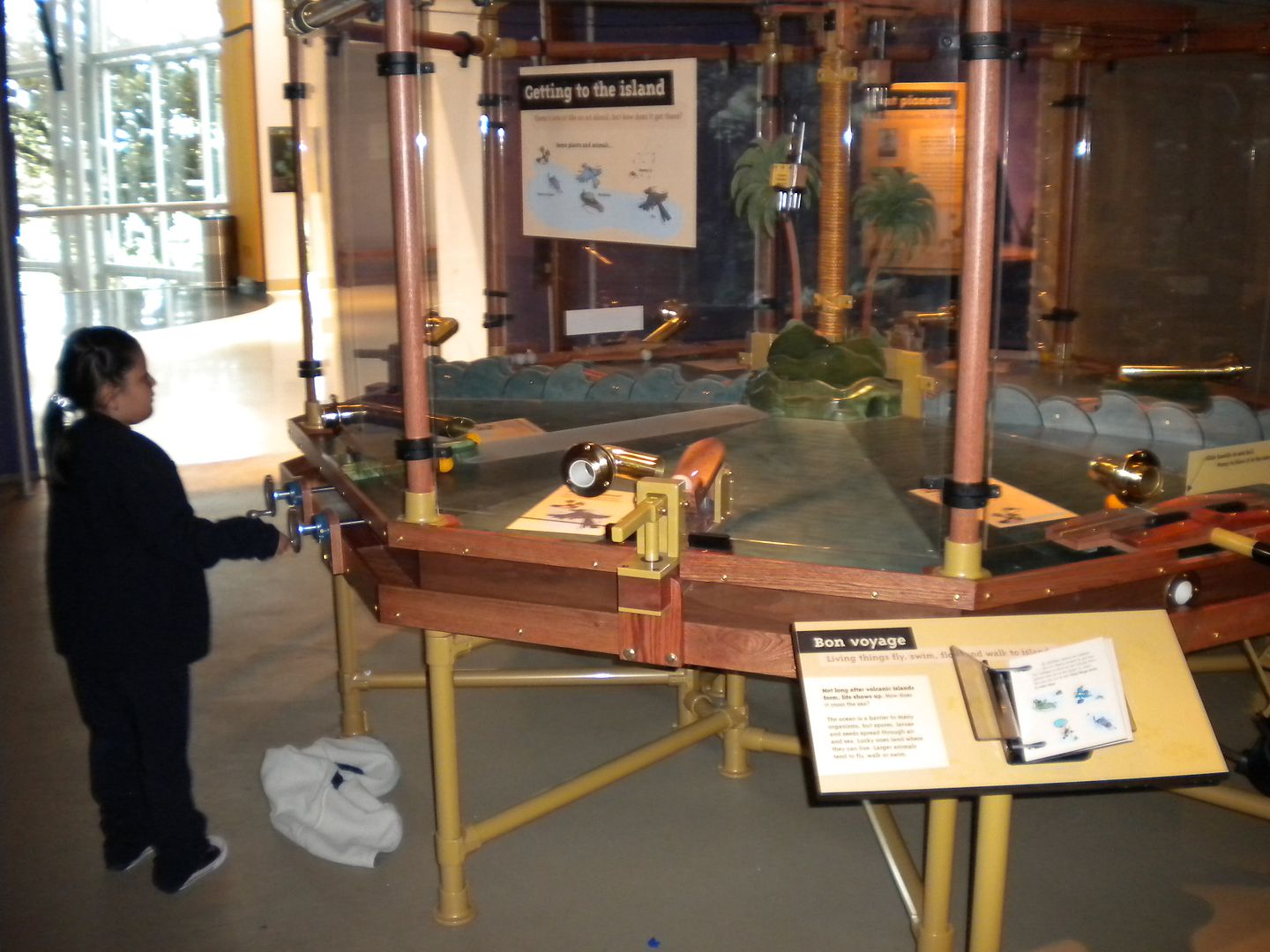
The ‘Extreme Zone’ includes radically different environments representing ecosystems — Rocky Shore, Poles, Deep Sea Vents, and the Desert, both pictured below. Environmental factors such as cold, droughts, and ice deeply test the limits of animals as they try to survive.

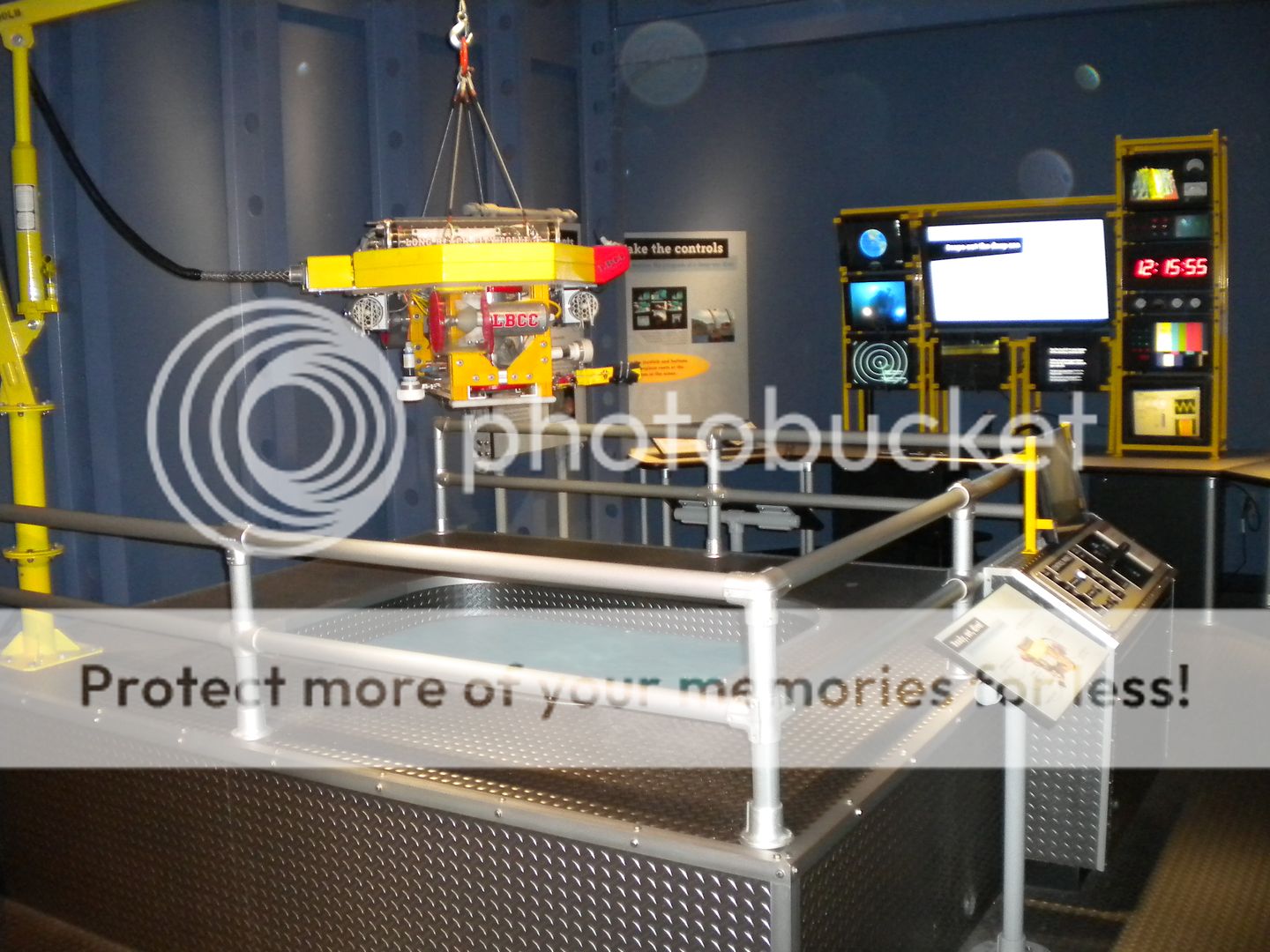
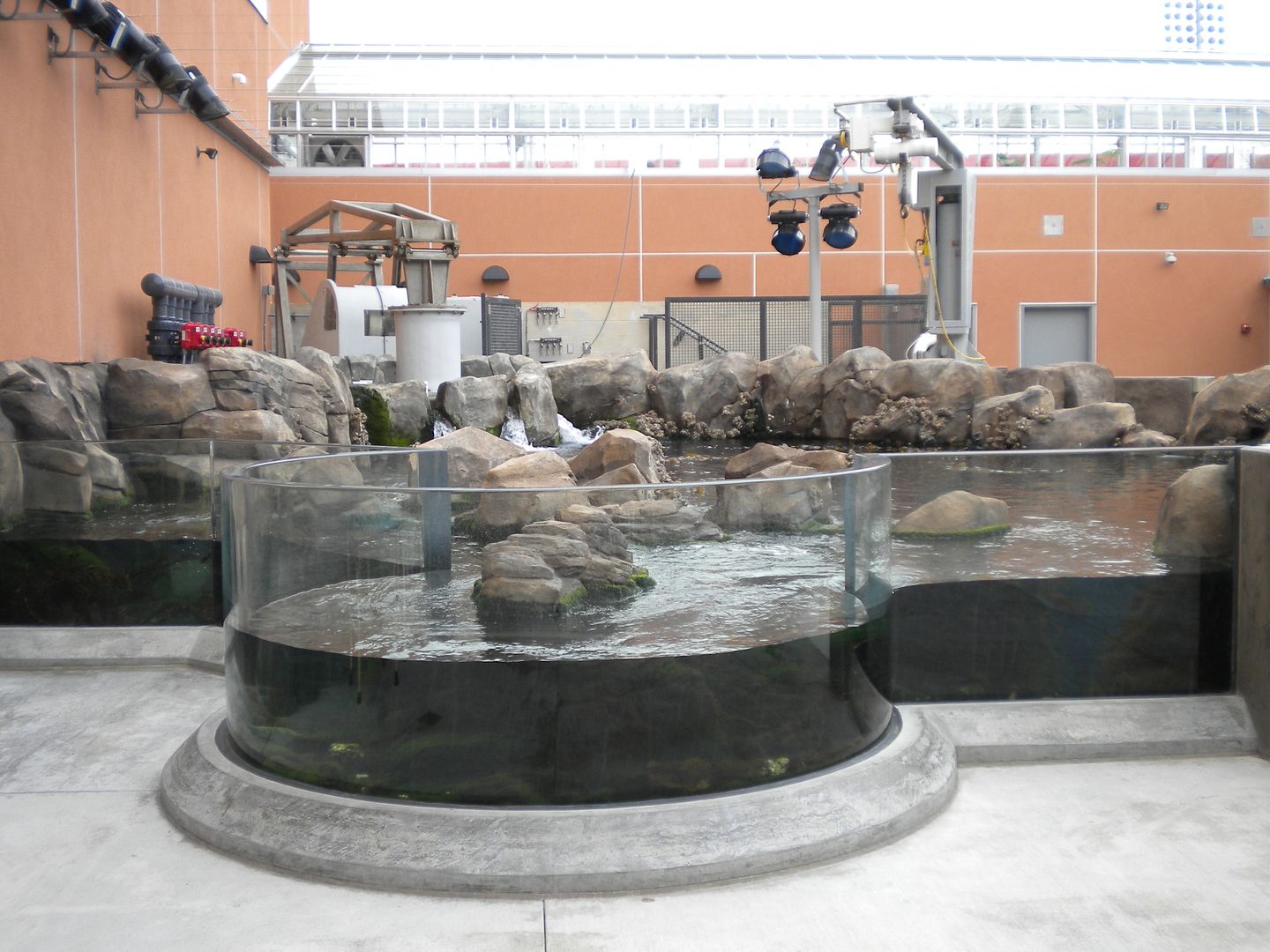
The Global Zone allows visitors to travel around the world with an amazing, first-of-its-kind piece of technology: an internal projection high definition Magic Planet® exhibit, projecting images onto a global map from within the sphere to answer questions about matter and energy across the globe.
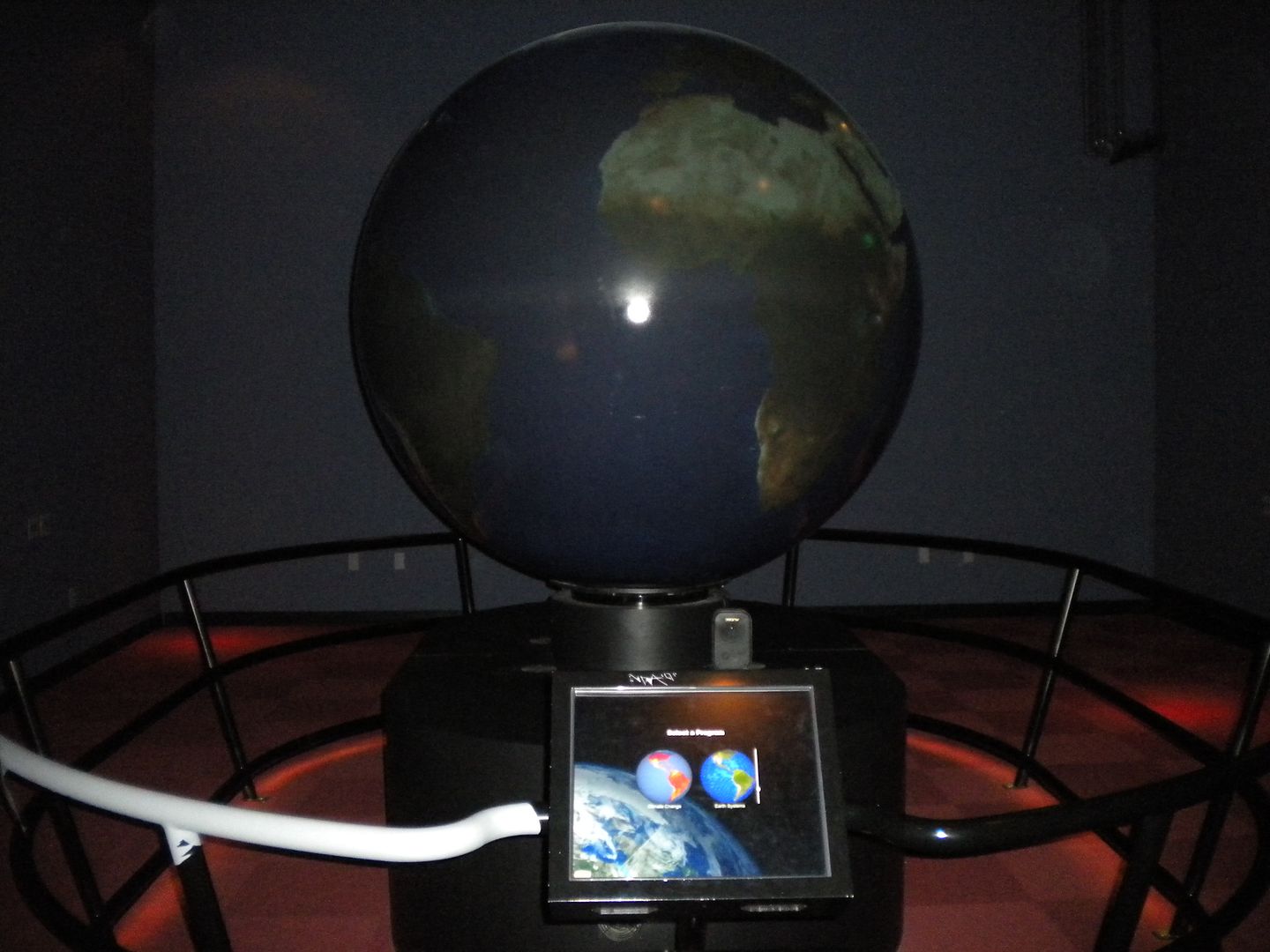
One of the fan favorites of ‘Ecosystems’ is the ever-so-gross Rot Room, where folks can learn about how much the continuity of life depends upon, well… rot. Interactive decomposition exhibits (such as the one pictured below) and time-lapse videos show the recycling of nutrients and energy back into the environment.

The pièce de resistance of the California Science center’s ‘Ecosystems’ exhibit, and its biggest part by far, is the “Rain Forests of the Sea” exhibit, a 188,000 gallon kelp habitat — the largest man-made of any museum in the world — that illustrates the diversity of our sea forests and the environmental factors that kelp forests depend on: a rocky substrate, sunlight, moving water, and high nutrient levels.
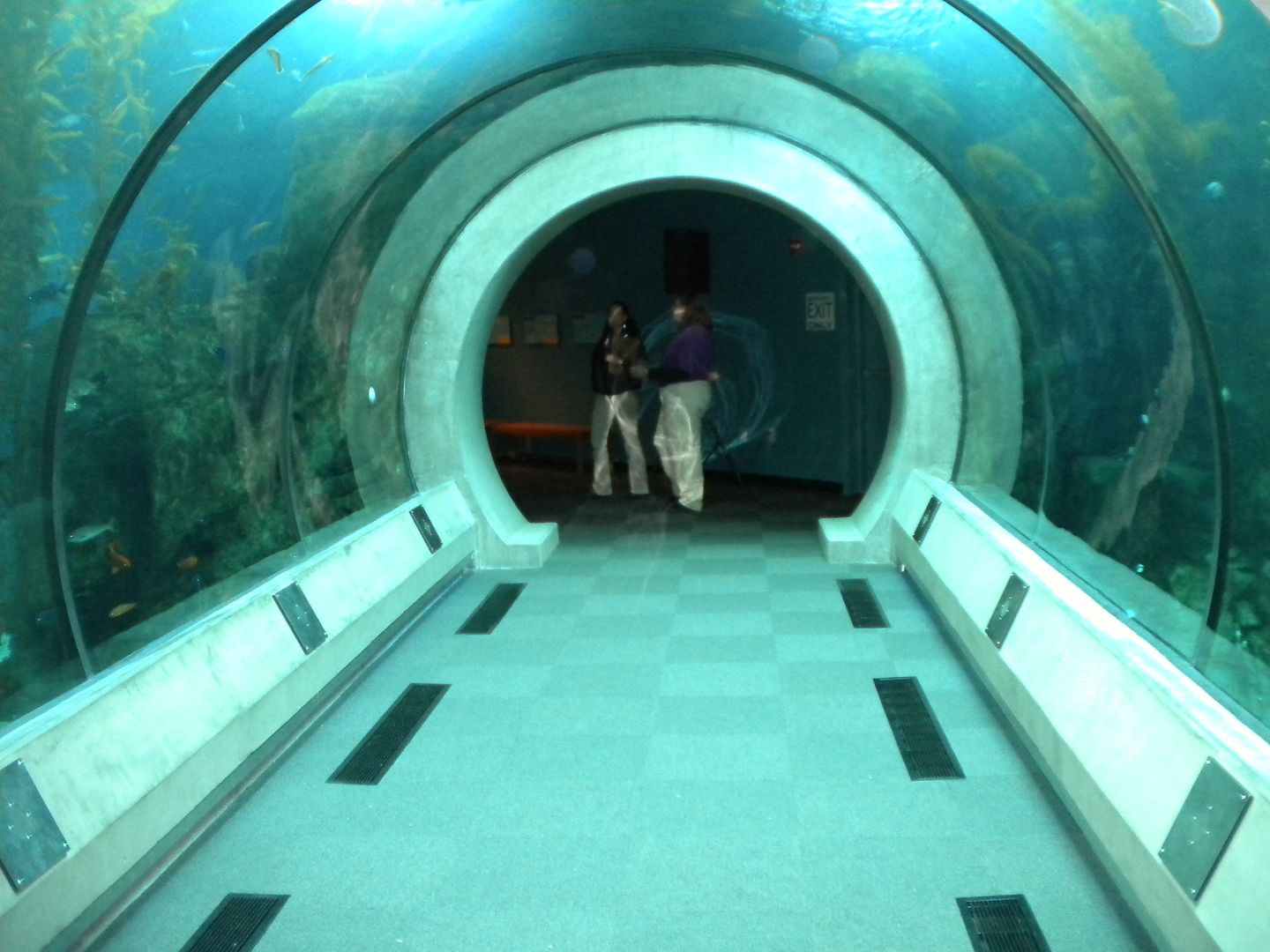
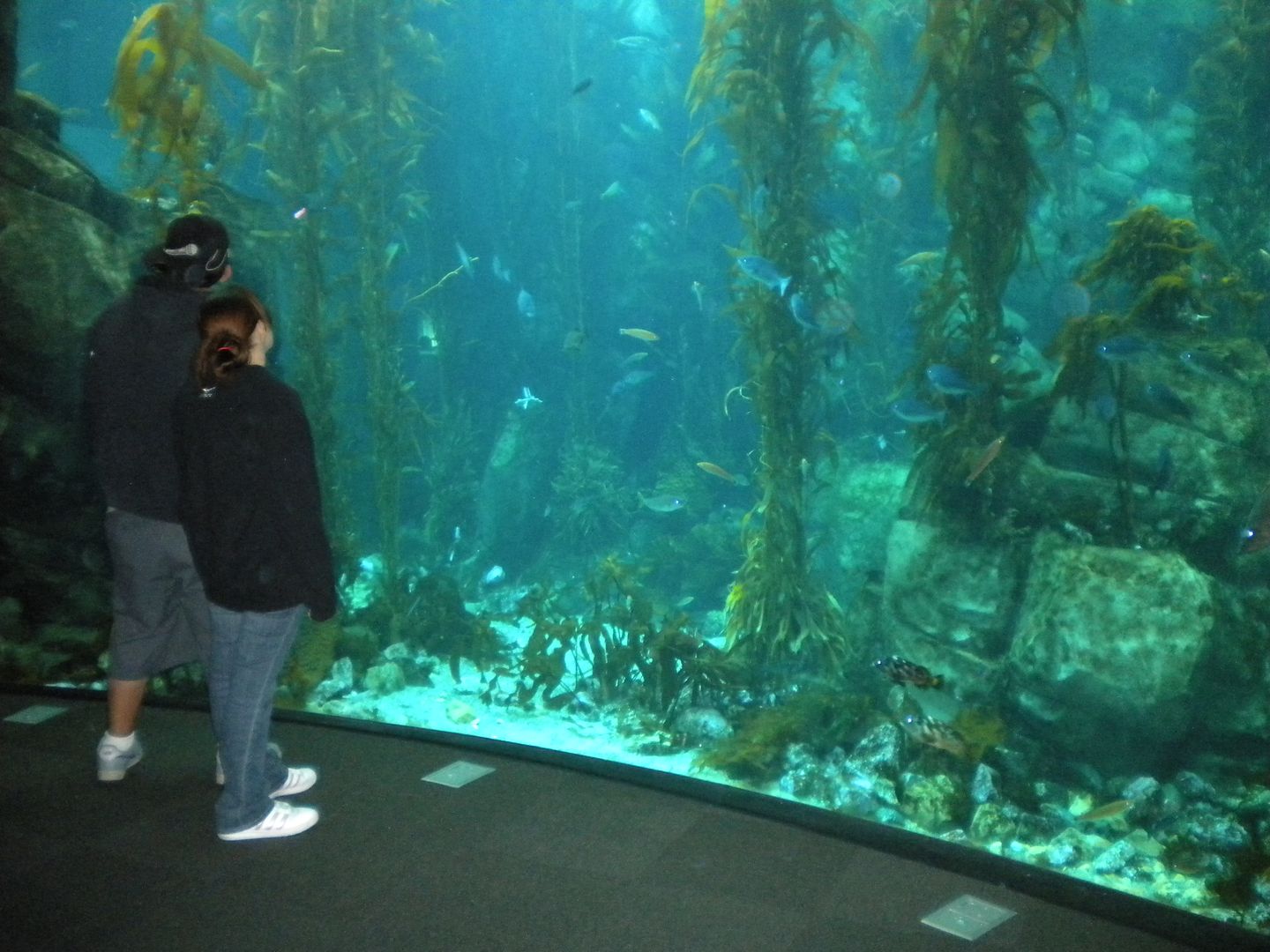
In the midst of the ‘Ecosystems’ exhibit is an interactive lab, where new additions to the over 250 species on exhibit at ‘Ecosystems’ are researched and cared for. In addition, it provides an opportunity for young high school students interested in pursuing science to answer guests’ questions, pursue research, and learn the scientific method in the process.
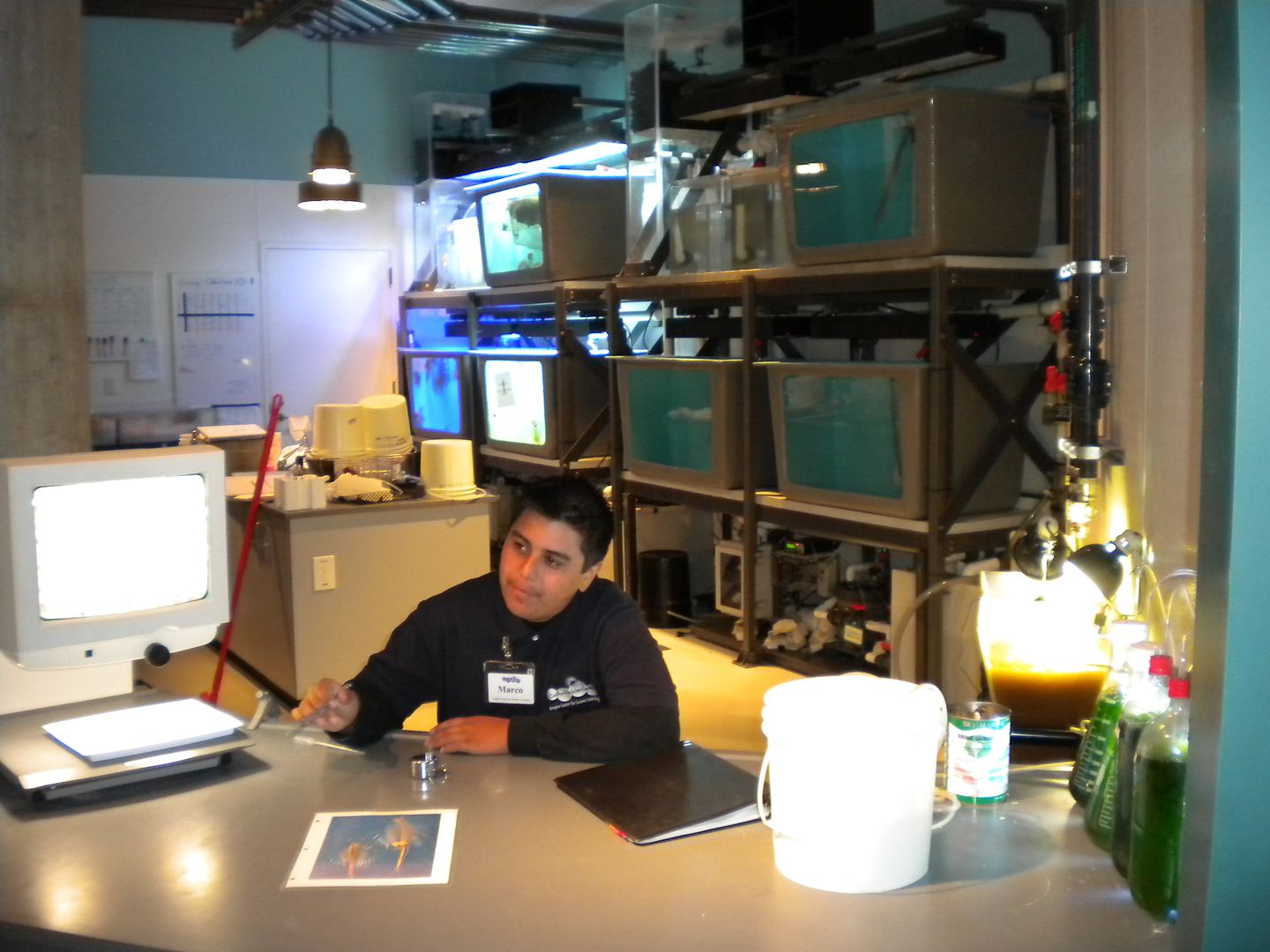
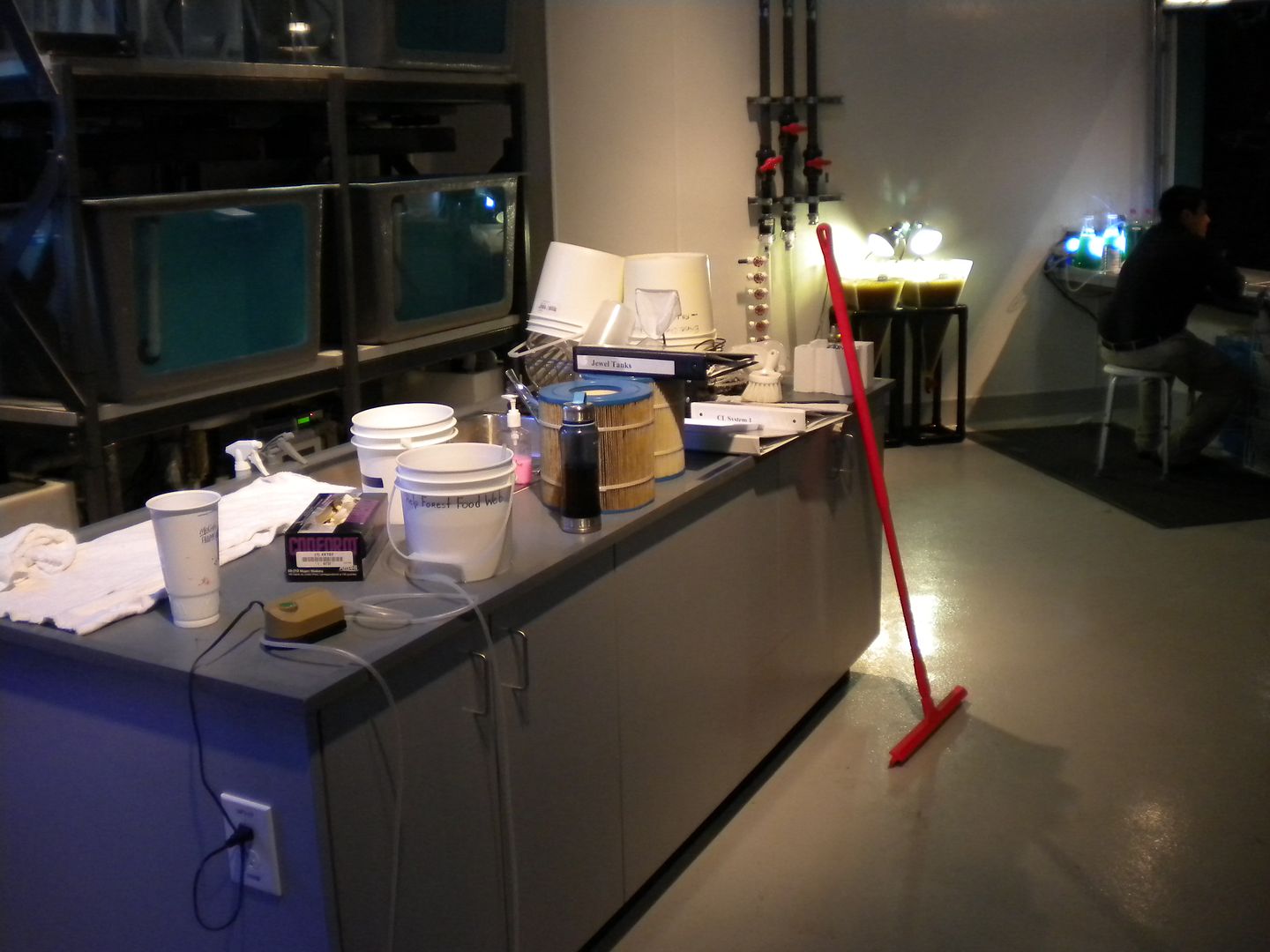
The end of the ‘Ecosystems’ exhibit takes visitors to the modern ‘L.A. Zone,’ where they can learn about weather patterns, wind currents, and geologic make-up of the Los Angeles Basin. Most importantly, visual waste exhibits expose the unique challenges in the issues of energy, water, and impact on wildlife.
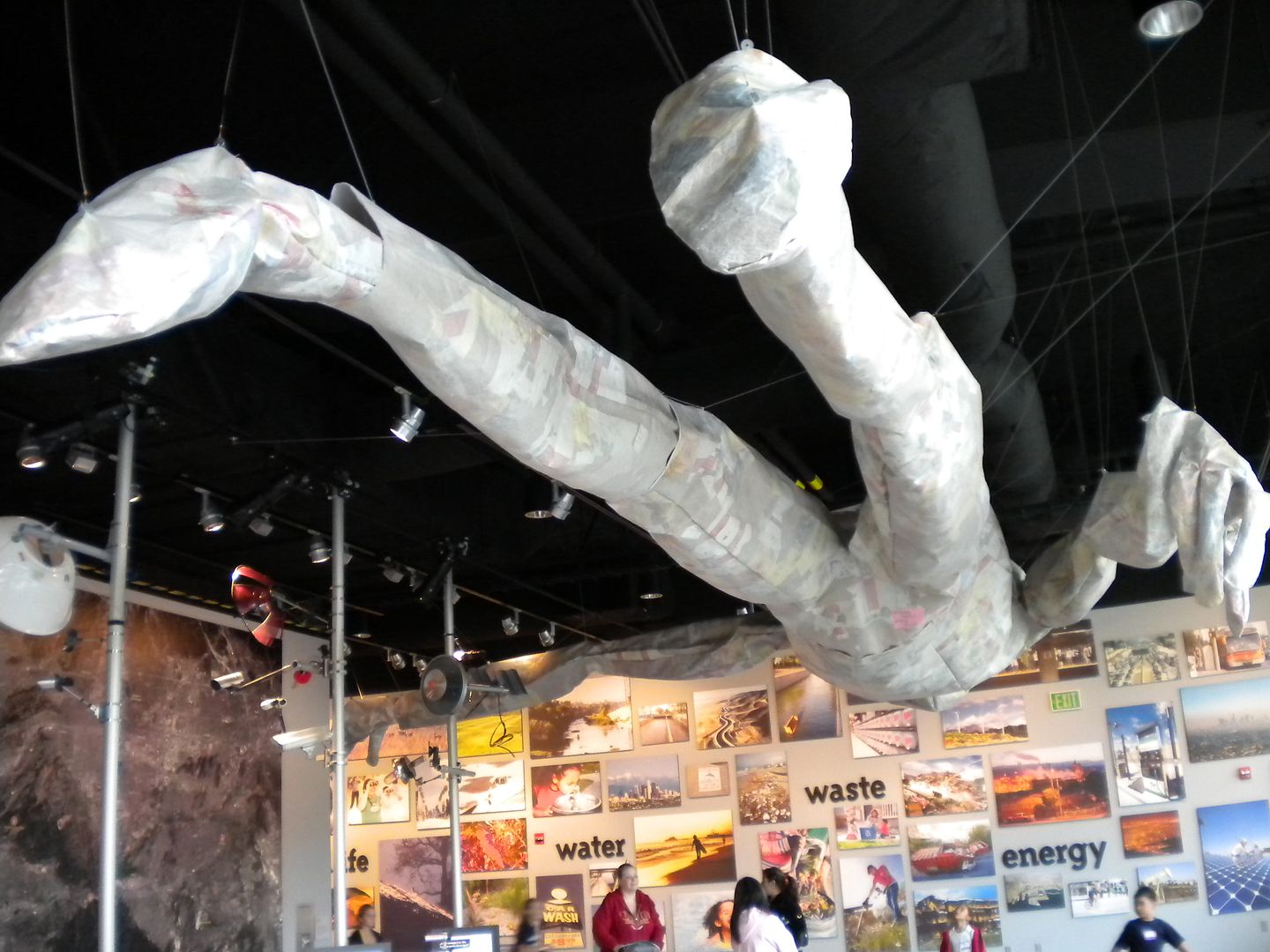

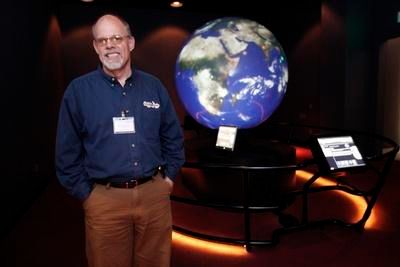
The mastermind behind such wonders as the kelp zone (his nickname is indeed Dr. Kelp!), the Global Zone, and the Los Angeles Zone, among its other structural feats, Dr. Chuck Kopczak is as intellectually accomplished as he is full of wonder about science, our Earth, the environment and the best ways to teach children about them through technology and modern exhibits. Recently, he went on a collecting expedition in Guantanamo Bay, Cuba to study species and the environment. He generously sat down with ScriptPhD.com to talk about Ecosystems, particularly:
•The how, who and why of designing the Ecosystems exhibit
•Why teaching science and inspiring future scientists requires an interactive experience
•How emotional connection resonates with environmental awareness
•How the California Science Center is setting up labs and charter schools within their exhibit spaces to encourage young scientists
Take a listen to our podcast:
ScriptPhD.com would like to thank the California Science Center, Dr. Chuck Kopczak, and Kristina Kurasz for their help and generosity of time. We encourage anyone planning a visit to Los Angeles, and interested in science and the environment, to check out this free exhibit and learning center.
~*ScriptPhD*~
*****************
ScriptPhD.com covers science and technology in entertainment, media and advertising. Hire our consulting company for creative content development.
Subscribe to free email notifications of new posts on our home page.
]]>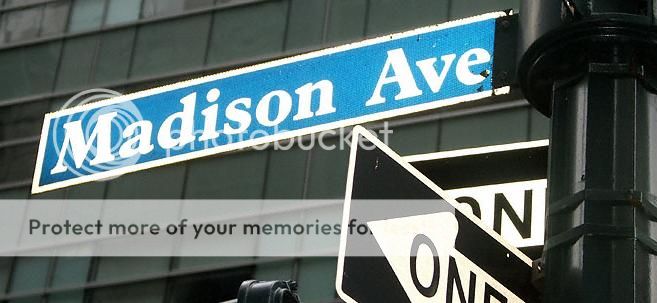
Much of today’s messaging about the environment, green initiatives and ways for the public to make a difference physically and fiscally are centered around media and advertising. To wit—even amid the deepening recession, one market has seemed to defy the economic downturn: green and environmentally-friendly product launches. Sadly, however, a large and growing subset of the eco-conscious creative collective is enveloped in hyperbole and hubris, a term the industry has labeled “greenwashing” that we will discuss in much greater detail in another article. It was natural then, that as part of our Earth Week coverage, ScriptPhD.com undertook green advertising as part of our continuing “Selling Science Smartly” series. Here, we profile a case study of several impressive (and effective) campaigns by the West Coast-based RIESTER, including
work on recycling, clean air, and the first fully-integrated municipal sustainability campaign in the US. We also had an opportunity to speak with RIESTER’s executive team, who provided insights into their creative strategy, why green advertising is more challenging than ever before, the crucial importance that interactive played in their success, and why every agency should be blogging more.
Campaigns: CalRecycle’s “Bottles and Cans” and STAND FOR LESS campaigns; Maricopa County’s Clean Air Make More Campaign (print, television, interactive)
Agency: RIESTER (Los Angeles, Phoenix, Salt Lake City)
Industry: Environment, Sustainability
If it seems like RIESTER is ideally suited to forge new ground in environmental advertising, they are. As a self-described ensemble of “brand activists,” RIESTER has taken on important social, health, technology and sustainability causes that transcend any individual campaigns or creative material. They’ve woven impact into the fabric of their 20-year identity to become one of the largest independent advertising and public relations firms in the United States. Their “Great Salt River” cleanup campaign resulted in one of the greatest single-day volunteer turn-ups in American history. A mid-90s shocking anti-tobacco campaign was so successful in curbing teen tobacco consumption, that it garnered the attention of major national media outlets. Likewise, their campaign with Gold’s Gym partnered with the American Diabetes Association, and gym members, to fight America’s growing obesity problem. Having written extensively about the environment on their blog, RIESTER has shown dedication and commitment to impacting real change with meaningful, long-term work. Here are several of their recent efforts.
A clever, funny spot devoted to clean air awareness in Maricopa County, Arizona (notoriously fraught with pollution and smog problems):
In 2009, San Diego became the first city in America to initiate a fully-integrated sustainability marketing campaign to encourage citizens to use less energy, water and vehicle mileage and to recycle more. Here are a series of television spots for the San Diego STAND FOR LESS Campaign:
And finally, an exceptionally smart, unusual ad for the California Department of Conservation touting the value of recycling from a most different perspective:
Why we like it:
Plain and simple, these campaigns are different. RIESTER has managed to tap into a creative channel that reaches its audience in a new, clever, sly way. When was the last time you saw a commercial or billboard about recycling that anthropomorphized the object being recycled? The answer is probably never. More than likely, the spot you saw showcased sad pictures of yet another ravaged, pillaged section of our fraying Earth, or graphics touting the benefits your behavior has to our environment. This spot takes those arguments, and flips them 180 degrees. It’s cute, it’s funny, and that bottle has some kind of attitude! The result? Since the campaign’s launch, California increased their recycling rates by 16%. Likewise for the Maricopa County clean air spot. Arizonans are constantly bombarded with appeals and rations stave off pollution problems. This commercial is flat-out ridiculous… and ingenious. Even in Beijing, one of the most consistently over-polluted cities in the world, people don’t walk around holding their breath from one location to the next. But the spot is positing an over-exaggerated situation to have people imagine a time when we would have to do such an unthinkable thing, and in turn, to drive them towards actions that would prevent it.
Why it’s good green advertising:
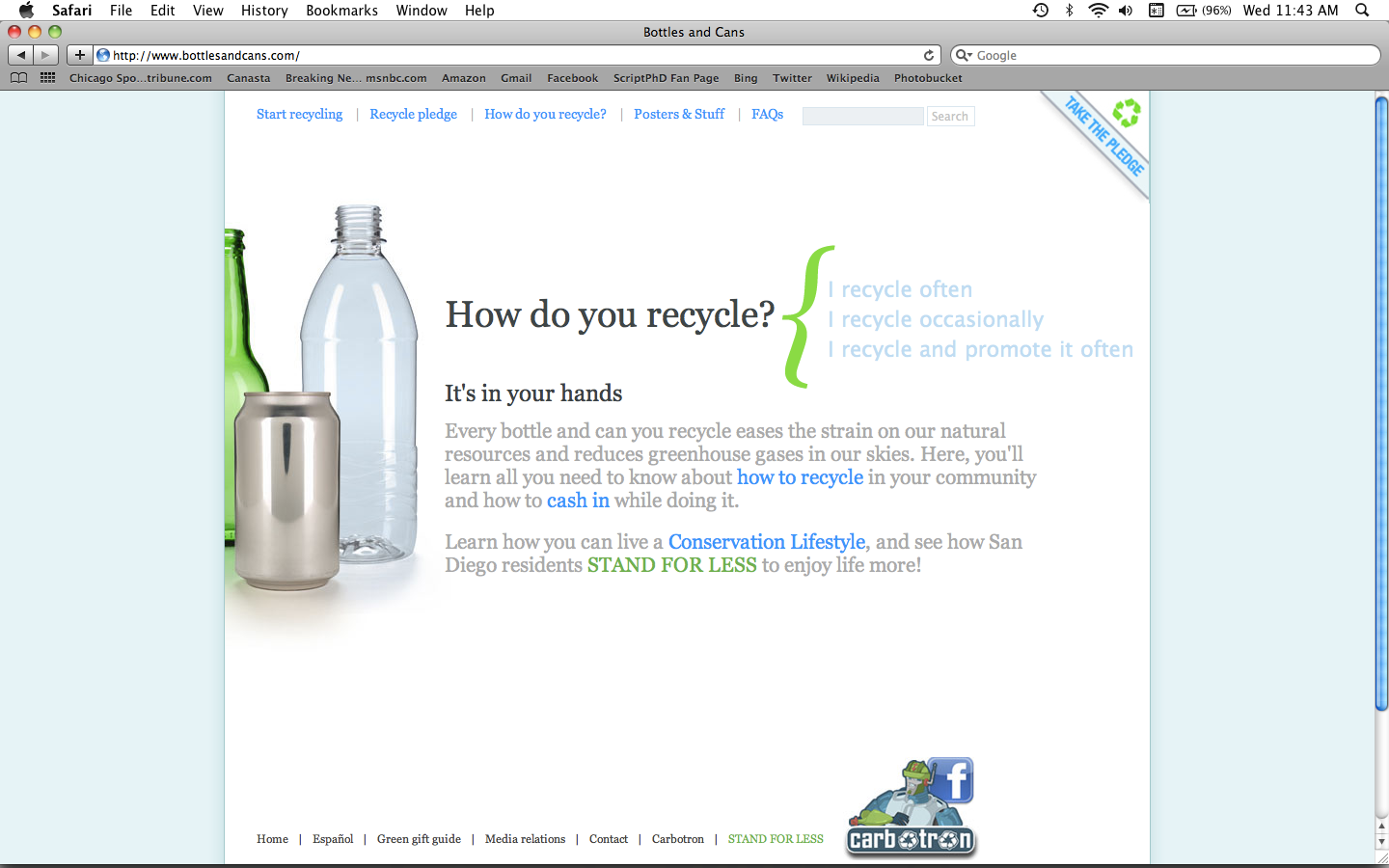
Nobody likes being told what to do. Any parent of a 2-year-old toddler can attest to this. And no one likes being guilted into doing something. Neither is a strong motivation for long-term behavioral change. Where RIESTER veers smartly from this staid formula is in fully engaging with their audience on a nonjudgemental level. Crushing and recycling a can, something that can hardly be compared to the equivalent of, say, buying a Prius, becomes significant to them. Take a look at the CalRecycle website pictured on the left. It asks rather than tells, and it includes all participants of recycling, even those who never recycle. That’s significant. Too many environmental initiatives fall into the trap of preaching to the choir, never reaching a new target audience that hasn’t been exposed to the message. Here, an interactive campaign groups you togehter, whether you’re a granola-eating, hemp-clad, lean mean green machine, or you have never even thought about recycling before. Engaging the entire community together, and providing them with the necessary know-how for sustainable behavior, is the only functional long-term solution.
Why it works:
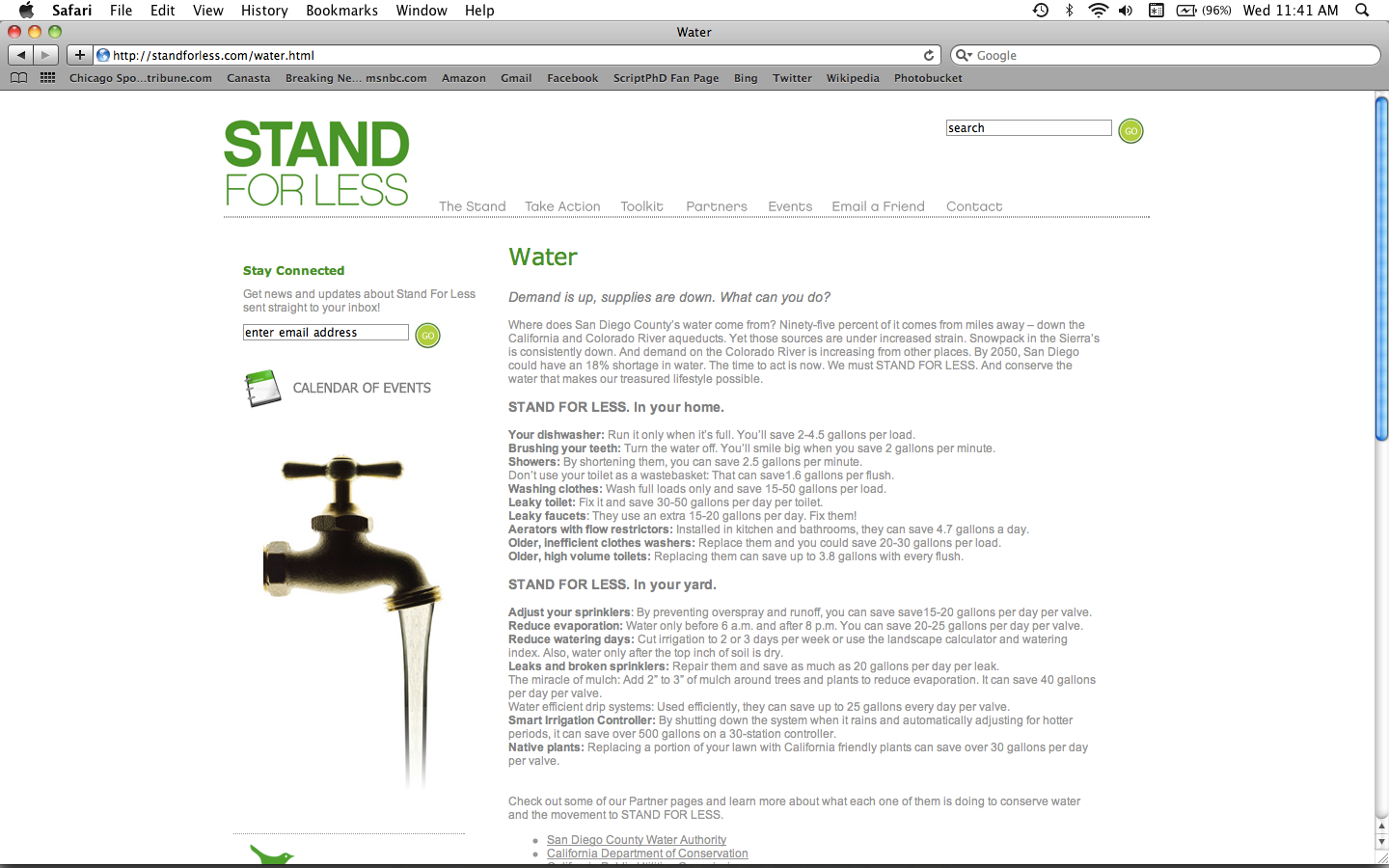
RIESTER’s green campaigns, especially STAND FOR LESS, are truly interactive, and go a long way towards continuing long-term conversations about community sustainability. The advertising spots are really just the start of the conversation. For this, the STAND FOR LESS campaign was the rightful recipient of a 2010 Addy Award for an integrated campaign. The STAND FOR LESS site features a blog with a constant news stream, a calendar of events to get involved, a toolkit for individual activists who want to get involved, and informative content on ways to incorporate eco-conscious behavior into one’s own household. They take advantage of social media in a meaningful way, with both Facebook and Twiter feeds for people to exchange ideas. Research has clearly shown that simply providing people with information, especially in single doses, has little effect on individuals and businesses. Instead, a community-based model of social marketing has emerged to encourage sustainability practices. STAND FOR LESS is an important start in what will eventually be a common model of urban initiative.
What other green science campaigns can learn from this one…
In selling green science smartly, don’t recycle ideas, pardon the pun. Be edgy, different, and think outside the box. A recent Gallup poll (released April 09, 2010), revealed that green behavior in the United States, although common, is not changing. Standard eco-friendly practices such as recycling, low-wattage light bulb replacement and purchasing decisions, have either increased marginally or not at all since 2000, when green advertising began bombarding the airwaves. Furthermore, there is an enormous collective guilt over the ideal we know we should be achieving, yet consistently fall short of. Advertising that feels sanctimonious will only reverberate this effect, rather than motivating people into significant change. When many people either don’t know where to start or feel overburdened by incorporating yet another lifestyle change into an already overscheduled and busy day, it’s important (as the STAND FOR LESS campaign does) to remind them that small, inexpensive actions incur an additive effect and do make a difference. The use of humor, irony and droll, tongue-in-cheek moments, like imagining how good recycling must feel for the bottle, are far more effective in sparking and retaining dynamic conversation than either direct information or ham-handed appeals. Getting people’s attention like this is especially critical in the face of an onslaught of green noise in labeling and product availability, many of which are under no obligation to prove their claims. Indeed, the New York times noted that as of 2008, the advertising industry was significantly pulling back on eco-friendly marketing due to growing public skepticism of ads with environmental messages. The take home lesson is that agencies will simply have to work harder and smarter than back in the days when we were all a little green about being green.
ScriptPhD.com caught up with RIESTER Executive Creative Director Tom Ortega and Editorial Director Jim Breitinger to talk about their conservation work, the thought process fueling their smart “green” creative, why interactive is imperative, and what makes for good environment advertising in our cluttered, hyper-messaged media.
ScriptPhD: RIESTER proudly proclaims themselves as a collective of “brand activists.” Can you shed a bit more light on your definition of “brand activist” and how that influences your creative philosophy when it comes to science, technology and particularly sustainability advertising?
Tom Ortega: RIESTER has a long history of working with clients who have a purpose beyond commercialism, which is the statement that you see on our website. What that means is that our clients do much more than serve an immediate need for a consumer. So while we do a lot of work for [non-sustainable] products, we’ve found other connection points as well with the consumer so that the consumer can develop a longer-lasting relationship with those brands. The idea of becoming activists has two sides to it as well, because we feel that when consumers become true believers in a brand, they themselves become activists for those brands. And their voice is certainly greater than any voice that can be heard. We all know the power of the word of mouth, right? That’s what we’re able to create, whether it is for a pure sustainability campaign, or a packaged good product that really connects with the consumer.
Jim Breitinger: The term is also an organic outgrowth of, really, who we are, the kind of business we go after, and the clients we have. We become incredibly passionate about who they are and what their cause or product is. We’re the activists who go the extra mile for the client.
SPhD: So much of impacting pro-environment and sustainability efforts involves changing behavior and wielding persuasion. Ironically enough, this is exactly what advertising is in the business of doing. In your minds, have agencies been underutilizing the power of social marketing and what are some of the areas you’d like to see it expanded, both in content and risk-taking.
TO: Agencies, over the past five years, have become very smart about human behavior, and recognizing how brands connect with that behavior. What you’ve seen over the past years has been a growth of research and planning involved in advertising campaigns. So I don’t know if it’s been underutilized. What makes RIESTER different is that we have an in-house planning department that has researchers who are working here every day who understand social change, human behavior, why people do things—whether it has to do with recycling or buying a specific product. For us, behavior change is something that we take very seriously, it leads most of our campaigns when it comes to research and developing a foundation for the campaign.
Part of what’s tricky about advertising in the “green” arena is the word “green,” which has certainly lost its meaning. This is due to the greenwashing that has occurred throughout the past number of years. It reminds me a lot of the nutritional advertising that was done years ago with all of the blanketed “fat free” nutritional messages that were put out there. I think environmental marketing runs the risk of neutralizing itself with messages that really aren’t relevant or really don’t have meaning them. It’s important to understand that consumers are smart, consumers are worn out and getting message fatigue, and we have to make sure that this message has meaning behind it. When we’re telling people a certain product or behavior has sustainable practices, it darned well better fit that bill.
SPhD: As is the case for many science and technology ads, there is a tendency for environment, social awareness and sustainability messages to be anodyne or milquetoast. One of the things I love about your California recycling campaigns (video and print) as well as the Maricopa County Clean Air campaign is the use of humor and irony. Very clever stuff! Take us through some of the creative strategy for these spots and how you hoped to get the messages across.
TO: Well, human beings want to be entertained. We owe it to them, if we’re going to take up thirty seconds of their time, to entertain them to a certain degree. Because if we don’t, they’re not going to pay attention to the message. So it’s important for us to create a message they’ll want to watch. Humor is a great way to do that. It’s also a wonderful way of breaking down barriers that might already be there. The idea of air pollution is sort of a hackneyed idea. We’ve been hearing it over and over again for years, and you have to get people to pay attention to that message, to demonstrate that it is relevant to their lives.
For the California recycling campaign, “Good For the Bottle, Good For the Can,” it was funny because in California, people really understand, they get it. It’s the original environmental state. But in order to get deeper with it, we had to commit it a lot differently, and not just state that it’s good for the planet. That message has already reached the target that cares about that. We had to reach a different target, and talk about the fact that it was good for these cans and bottles, and sort of personify these as beings that would go on to live another life. You have to get people to look at things differently—that’s part of behavior change.
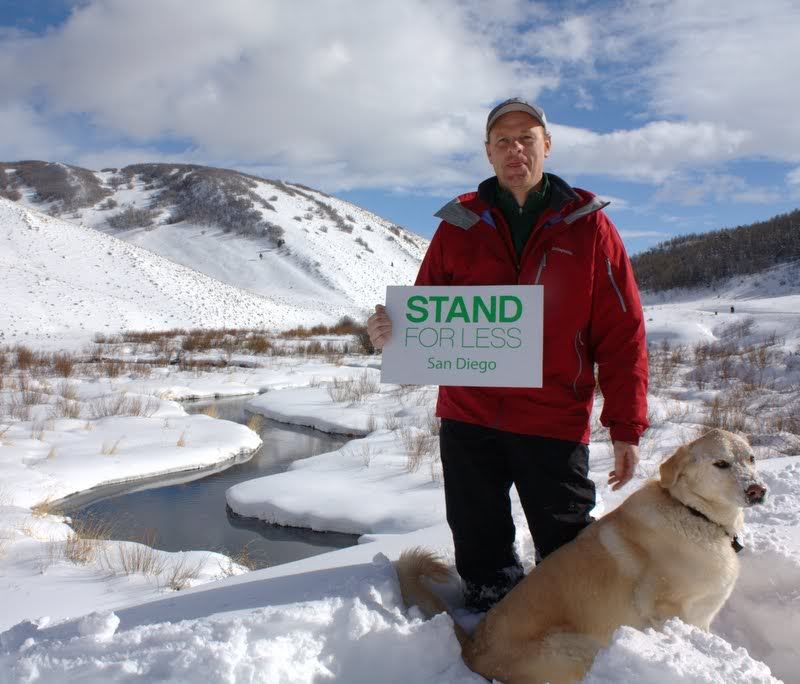
SPhD: Let’s spend some time talking about the impressive STAND FOR LESS campaign. When you have a city approach you about a wide-scale campaign like this, what are some of the first things that go into laying down a foundation, or groundwork for the overall message?
TO: The most important part of that campaign was to organize the coalition of members, the people and partners to this, and that was really spearheaded by Mirja Reister, our executive planner. She worked tirelessly to bring together partners from the private and public sectors to get them in the same room and working together. In order for it to be a successful, integrated, city-wide campaign, we had to have all these people participating and taking an interest in this.
On the communications side, we worked on creating the STAND FOR LESS blog and the social network link that we have created. It’s an amazing site to look at in terms of both the outreach that has occurred and the momentum that the campaign has managed to develop.
SPhD: Who are some of the people you worked and consulted with as you developed the TV and radio spots? I know Jim mentioned you worked with Ed Begley, Jr.
TO: Ed was there at the launch of the campaign because he has such a key interest in this. [For] the television campaign that you saw, the original thought on that boiled down to: the message is “STAND FOR LESS,” so the advertising itself has to “STAND FOR LESS.” We wanted 15 second commercials, not 30 second ones. We wanted a stripped-down set, not an elaborate set. We wanted the spots to be cost-efficient in terms of the money that was used to make them, because we wanted to demonstrate that we could make commercials for less. Everything that went into that, even the production itself, was a fully sustainable production. There had to be recycling on the set. We paid attention to the location where we shot it, because we didn’t want people to drive far. Everything was thought out. We wanted to make sure that we weren’t just saying it, but that we were doing it.
SPhD: What kinds of effects has the campaign incurred in San Diego? Any lessons from it for future work (good or bad)?
JB: It gets back to the whole kernel or the idea behind the campaign, of bring together people who were already working on these issues. When I’ve been in San Diego (and I moved there to work on this campaign), I was really focused on finding people on the ground who were really making a difference. Finding those truly authentic characters who were standing for less in San Diego. And I think it’s made a big difference in the community in that sense, that it has brought those people together, the Surfrider Foundation, The Center For Sustainable Energy, San Diego Gas and Electric, the different government entities we’ve worked with. These are people who are all doing great things but not necessarily communicating on a daily basis. In that sense, I think that’s been the greatest effect on this campaign, is uniting people who have that common cause, who really care about sustainability.
As for behavioral change in the population, there’s been progress and I’ve posted a few things on the blog to that effect. [The mayor of San Diego and the US Navy are both Standing For Less.] Definitely increases in recycling, and there have been other benchmarks of success on this campaign.
SPhD: For a campaign as ambitious and far-reaching as STAND FOR LESS (effectively changing the behavior of the sixth-largest city in America), how important was the use of interactive (which included a website, PR, and radio and television spots)? How important is the use of interactive in general in green and sustainability advertising?
TO: That’s key, that’s where your community is. That’s also where you build your community. It starts through websites, you’ve got to use other networks like Facebook and so forth, and that is essential to give people a place to go. You have to give people a website to go to for information. And then you have to give them outlets where they can connect with other people who are like them. That’s how you build a community that stands for less. The internet is at the heart of a campaign like this. Twenty years ago, we would have told you TV was it. TV was simply, in this case, the tool to drive awareness and to get people to the website. But once you get people on that website, and connected, that’s where the inertia begins.
JB: And that’s the brilliance of this campaign. It connects the dots, it connects all these different tribes that are out there already and helps with the broader population, who may or may not be paying attention.
TO: If you’re going to start a conversation like [this] with someone, it’s essential to keep it going. That’s why you have these social networks that you have to utilize. You can’t just talk once about it. And it goes back to behavior change. Behavior change doesn’t happen overnight—we didn’t develop these behaviors overnight. We didn’t start drinking out of plastic bottles overnight. Getting people to stand for less or to drive less or to think about where their food comes from, these are behaviors that will take a LONG time for us to change, but if we keep that dialogue going, you really stand a better chance of doing it.
JB: One of the things about this campaign is that although it’s under the banner of “standing for less,” it’s not about austerity or denial. There was a lot of messaging in the late 70s, when I was a kid, that the environmental movement turned off a lot of people, because it was about denying yourself. With STAND FOR LESS, a lot of the things I’ve written about, I’ve tried to emphasize the idea of creating more, more green space, or an opening where you have a richer life. You don’t have to drink out of a single-use plastic water bottle to get your water, and it’s been fun to point out things you can do without necessarily denying yourself anything.
SPhD: I have long advocated the power of blogging as a great platform to extend ideas, start and continue important conversations and convey an agency’s (or company’s) cultural and creative identity. The RIESTER blog stands out for some really terrific editorials and posts on everything ranging from the environment to health and education. Why do you have such a cross-agency commitment to blogging?
JB: At the end of the day, we’re in the idea business. And as you point out, a blog is just a place to post things. But it’s a great platform for us to put the ideas out there. And we’re an agency full of people who have a lot of great ideas.
TO: It goes back to the idea of us being activists for our clients. We’re passionate about our clients, and the topics that we take on. It could be about recycling or selling salsa. We believe in it, and we’re going to live it every day. Blogging is a big part of that.
JB: The other thing is that we’re a creative agency, so people want to come to our website and that’s the first thing they want to see—our work. A blog is really a great place to both showcase some of our creative work and to provide some depth to it, and to explain what’s behind it and who we are and what’s driving us to create what we do.
SPhD: Finally, tell our readers a bit about the RIESTER Foundation and their efforts during the recent Haiti tragedy.
TO: We’ve spent so many years talking to people about their behavior and changing their behavior, and recycling and driving less and all that stuff, it became time for us to do something ourselves that had a lot of meaning to it. Securing habitat in threatened areas became a way for us to do that. The RIESTER Foundation became a way for us to put our money where our mouth was. You emailed me a question about how advertising agencies aren’t often thought of doing these types of things, and the fact is that we create things that live and die in a matter of a month or two, when it comes to ads. To be able to do something that has a longer life and that can live far beyond us is very important to us.
Check out RIESTER’s creative work, campaigns and blog on their main website. Thank you to Executive Creative Director Tom Ortega and Editorial Director Jim Breitinger for taking the time to be a part of our Earth Week edition of “Selling Science Smartly.”
~*ScriptPhD*~
*****************
ScriptPhD.com covers science and technology in entertainment, media and advertising. Hire our consulting company for creative content development.
Follow us on Twitter and our Facebook fan page. Subscribe to free email notifications of new posts on our home page.
]]>
